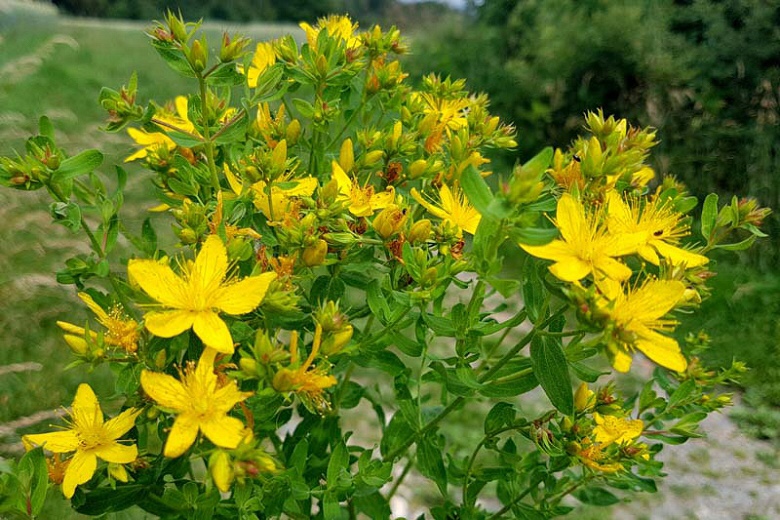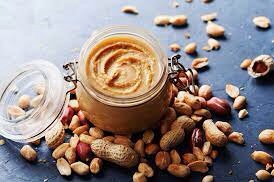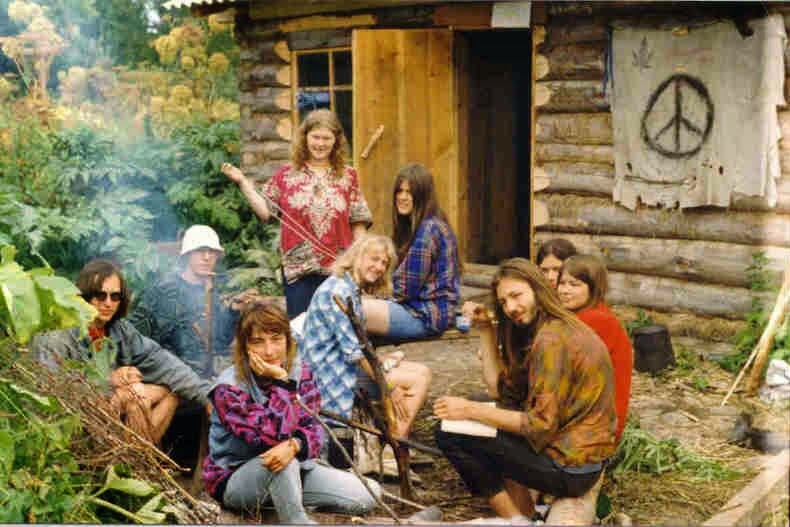Bluebell (hyacinthoides non-scripta)
A native woodland plant that is potentially as dangerous as the foxglove since it contains glycosides called scillarens, which are similar to the glycosides in foxgloves. Like the snowdrop, the bulb can be mistaken for onions and eaten. Theoretically, it lowers the pulse rate and causes nausea, diarrhoea and vomiting and larger doses could cause cardiac arrhythmias, hypotension and electrolyte imbalance similar to the effects of digoxin in overdose. Folklore tells us that by wearing a wreath made of bluebell flowers, the wearer would be compelled to speak only the truth; the chemical that makes the plant poisonous was used in alchemy.
Magical propensities for speaking the truth; preventing nightmares; love spells; easing mourning.
Sources: By Wolfsbane & Mandrake Root















